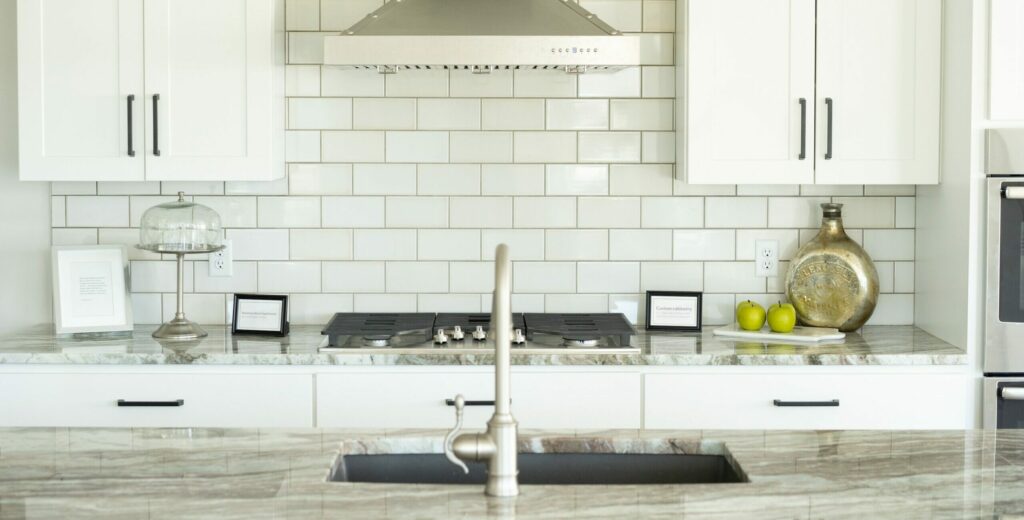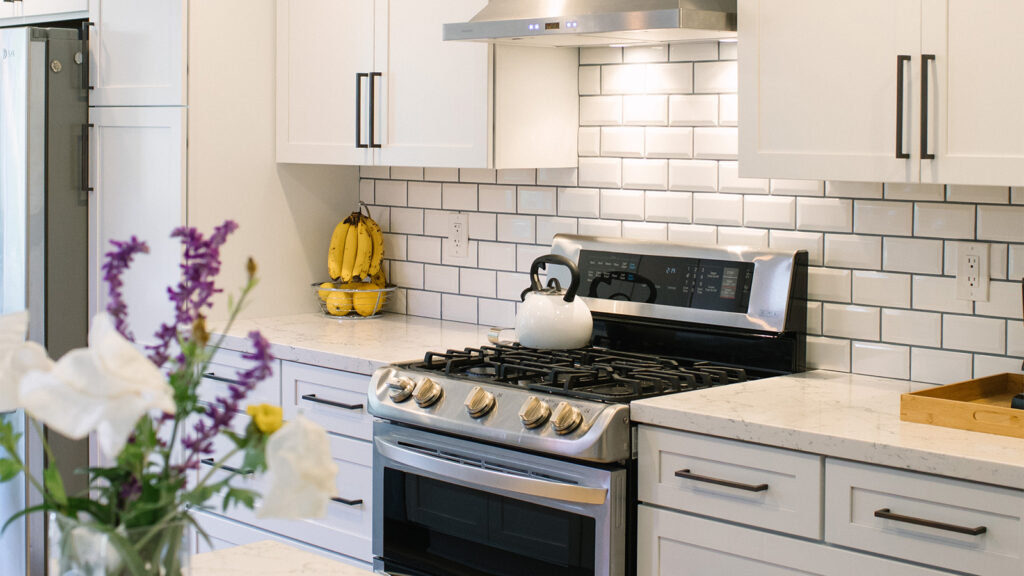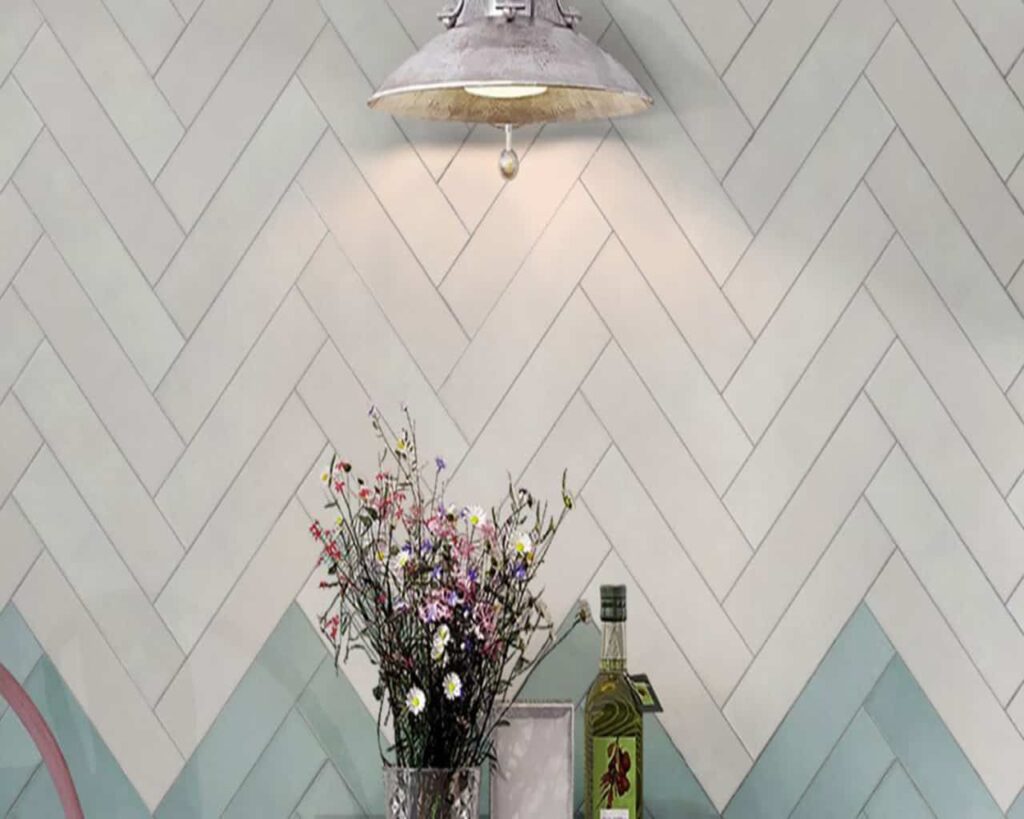Tiles are a good surface for interior spaces such as decks and patios due to their durability, ease of maintenance, and greater stability and permanence than pavers. There are several varieties of subway tiles, but they are all beautiful and durable enough to withstand the elements. Understanding some of the most popular interior tile selections can assist you in choosing the ideal surface material for your deck or patio.
The Most Effective Interior Tile Options
Subway Tiles Made of Natural Stone
The word “natural stone” refers to tiles consisting of granite, slate, limestone, and travertine. These materials are famous for their ability to blend effortlessly into an interior setting. However, you will pay a premium for their attention-grabbing look. While polished stone subway tiles are fashionable and simple to maintain, they may become slippery when wet. Tumbled or honed natural stone subway tiles are safer due to their inherent slide resistance.
Granite
Due to the fact that granite subway tiles are the toughest natural stone tiles, they are very durable and resistant to the weather. If you’re searching for a natural stone appearance, this is one of the finest interior tile alternatives. Consider granite if you reside in an area of the nation with considerable seasonal weather changes. Additionally, granite subway tiles come in a variety of hues, ranging from stark white to somber black.
Marble
Marble is somewhat softer and more porous than granite, thus it requires sealing to survive foot activity and the elements. Its distinctive veined finish lends it a classy appearance that many homeowners like. Marble tiles are available in a variety of hues, ranging from white to black. While polished marble is elegant, slip-resistant rough marble subway tiles are a more prudent option for interior flooring.
Slate
While slate is softer than granite and marble, it is still durable enough to be used on a deck or patio. Unlike other natural stone tiles, there are never two identical slate subway tiles. Due of the variety of colors and textures, employing slate tiles may provide significant aesthetic appeal. Natural slate tiles come in a variety of earthy colors, including gray, green, brown, tan, and orange.

Limestone
Because limestone is a softer, more porous stone, it requires sealing to protect it from stains and weather damage. Additionally, it is prone to wear, making them unsuitable for heavy traffic locations. Additionally, they are prone to cracking during the cold winter months. The peculiar holes in the stone produce an interesting texture that limestone enthusiasts can’t get enough of. Limestone is a light-colored stone that ranges in hue from white to brown. While polished limestone subway tiles may become slippery when wet, there are non-slip tumbled varieties suitable for decks near pools and open-air patios.
Travertine
Travertine is a form of limestone composed mostly of calcite. It is comparable in texture and composition to ordinary limestone but is somewhat softer and more brittle. Due to the pitted and porous nature of travertine subway tiles, similar to limestone, they must also be sealed before being utilized outside. They are especially prone to cracking in very cold places, even with adequate maintenance. Travertine subway tiles, due to their greater softness, will exhibit wear more quickly than other stone subway tiles. However, if you live in a temperate area and do not often use your deck or patio, you will like its warm, golden appearance.
Porcelain tiles
Porcelain subway tiles are not only used in bathrooms. Porcelain tiles designed for interior usage are the best option for your deck or patio area. These non-porous, fade-resistant, and very durable clay-based subway tiles.

Porcelain subway tiles, which are cooked in very hot kilns, do not break under adverse weather conditions, like stone tiles do. As a result, they are an excellent alternative for residences in places with very hot summers and bitterly cold winters. Because porcelain subway tiles are most often found in bathrooms, you should be convinced of their water-repellent features. Porcelain subway tiles installed outside will never absorb water, even in the event of a severe downpour. This also prevents them from cracking in cold situations.
Porcelain subway tiles need less effort to keep clean due to its non-porous nature. If anything spills, just sweep them clean and wash them off with a towel and soapy water.
Porcelain tiles are also aesthetically attractive. They come in a range of colors and designs, including imitations of genuine stone, wood, and concrete.
However, polished porcelain subway tiles may be somewhat slippery, particularly when wet. Choosing a porcelain tile with a matte texture will increase grip and help prevent accidents. Interiors, porcelain subway tiles with the greatest slip resistance rating are the safest. However, bear in mind that the more rough the porcelain tile, the more difficult it will be to clean.

Tiles for Wood & Composite Decking
Additionally, wood subway tiles are an excellent alternative for deck and patio spaces. They’re fashioned from hardwoods to ensure they’re durable enough to withstand foot usage and exposure to the interiors. Ipe and bangkirai are two of the most widely available wood tiles nowadays. The natural grain of Ipe wood tiles is very beautiful. Additionally, they are naturally resistant to deterioration, insects, and fire, providing homeowners with genuine peace of mind. Additionally, Bangkirai wood tiles are insect resistant, even damaging termites. Because they’re suitable for both interior and outdoor applications, they’re an excellent alternative for homeowners looking to make a smooth transition between inside and outside recreational spaces such as decks and patios.
Wood subway tiles are one of the most economical interior tile solutions due to their widespread availability. Additionally, they come in a wider variety of hues than you may imagine. From creamy mild woods to dramatic darker woods, wood subway tiles provide a variety of aesthetics at a reasonable price. Certain wood tiles include raised PVC platforms to aid with drainage.
Lay your wood subway tiles on a firm concrete or asphalt surface to lengthen their life. Additionally, you’ll need to schedule time for continuous maintenance. Wood subway tiles, like other wood goods, should be power cleaned and coated with wood finish every three years to maintain its appearance and longevity.
Composite decking is an excellent alternative for individuals looking for low-maintenance decking. It is less prone to water damage and has a longer lifespan. The term “composite” refers to the fact that it is composed of both plastic and wood fibers.
Other useful to read: How to Elevate your Outdoor Spaces with Terrazzo Tiles in Sydney